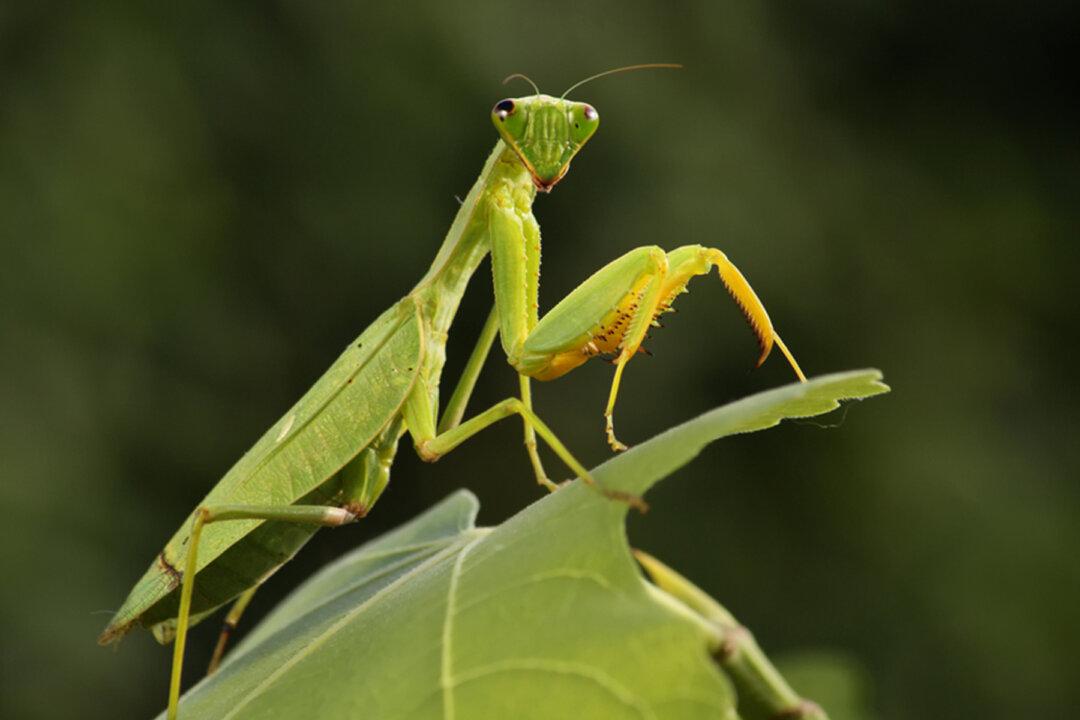Warning: Content may disturb some viewers. Discretion is advised.
News of the scary Asian giant hornet’s unwelcome introduction into Washington state has prompted swarms of netizens posting all kinds of social media memes. The fitting name “murder hornet” has been coined for the notorious flying insect.




